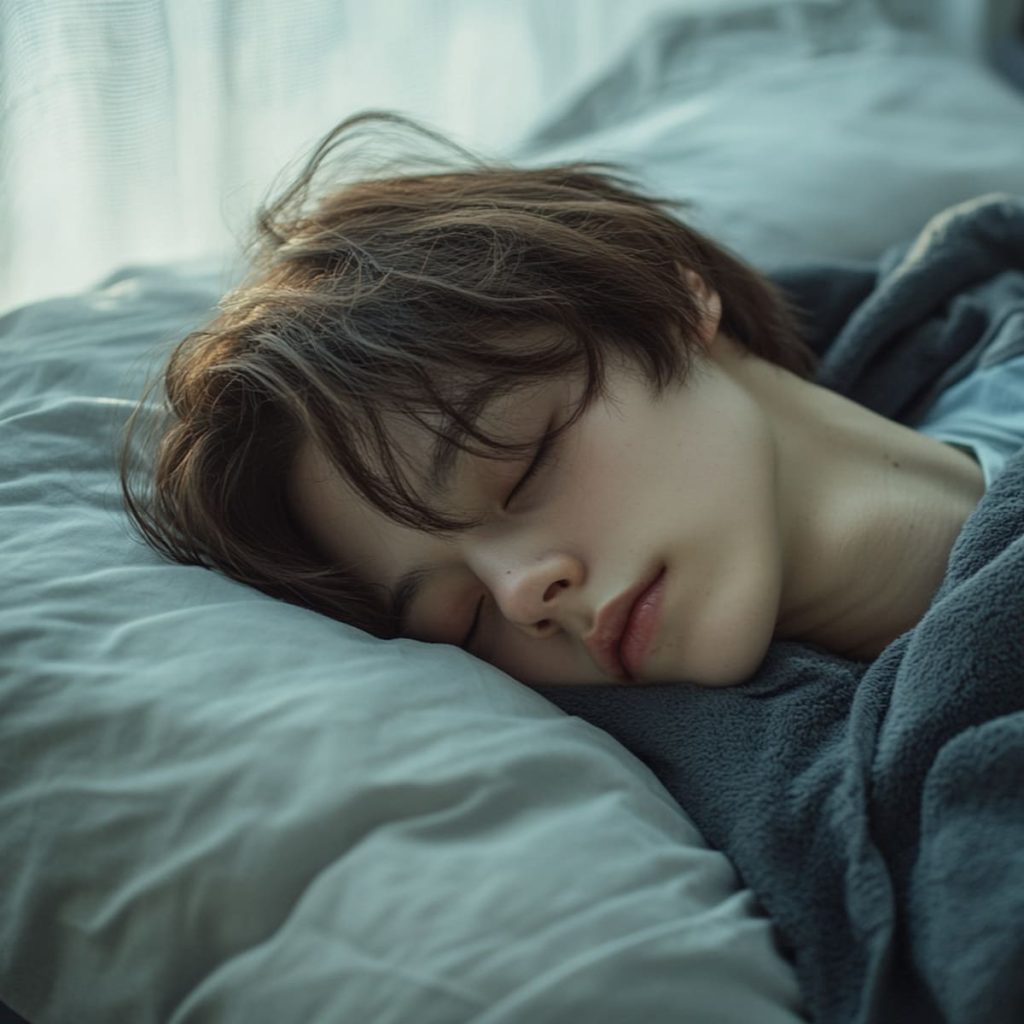For many patients, sedation dentistry is a life-changing solution that allows dental care to be delivered safely, comfortably, and without fear.
Whether sedation is used to manage dental anxiety, accommodate special needs, or perform extensive procedures, understanding what happens afterward is just as important as preparing for the appointment itself.
Patients and caregivers should be aware of the recovery process after dental sedation, including how to manage common side effects, what to monitor at home, and tips for a smooth and safe return to daily routines.

Immediate Effects After Sedation
It’s normal to feel groggy, disoriented, or sleepy after a procedure involving sedation. The intensity and duration of these effects depend on the type of sedation used, which can range from nitrous oxide to oral sedation or general anesthesia.
Patients who undergo deeper forms of sedation or general anesthesia will need close supervision during recovery. A responsible adult must be present to drive them home and stay with them for the rest of the day. Reaction times, motor coordination, and judgment may be impaired for several hours, even after the patient seems alert.
Common Post-Sedation Sensations
Some common sensations or symptoms after dental sedation may include:
- Drowsiness or fatigue
- Dry mouth or sore throat
- Minor nausea
- Slight dizziness
- Blurred vision or lightheadedness
- Mild memory gaps about the procedure
These effects are usually short-lived and resolve as the sedative leaves the body. Drinking water, resting in a quiet space, and avoiding strenuous activity can support a gentle return to normal function.
Recovery at Home: What to Do
To support a smooth recovery, patients and caregivers can follow these essential guidelines:
1. Rest and Supervision
Rest is critical in the hours following sedation. Adults should avoid driving, operating machinery, or making important decisions. Children and patients with special needs may require extra reassurance and supervision as they wake up and reorient.
2. Hydration and Nutrition
Once the patient is fully awake and the nausea has passed, they may resume drinking fluids. Start with water or clear liquids, and only reintroduce soft foods once it’s comfortable. Avoid hot, spicy, or crunchy foods until numbness completely disappears.
3. Pain Management
It’s normal to experience some tenderness, especially if dental work was performed. Over-the-counter pain relief, as directed by the dental team, can help manage discomfort. Follow any instructions given about medication timing or dosage.
4. Oral Care and Hygiene
Brushing and flossing can usually resume the same evening or the next morning unless directed otherwise. Be gentle around treated areas and avoid rinsing forcefully for the first 24 hours if you have had a tooth extraction or a surgical procedure.
5. Monitor for Unusual Symptoms
Although recovery is typically uneventful, contact the dental team if the patient experiences:
- Persistent vomiting or severe nausea
- Difficulty breathing or swallowing
- Heavy bleeding or unusual swelling
- Confusion or unresponsiveness hours after the procedure
These may indicate the need for follow-up care.
Returning to Normal Activities
Most patients feel like themselves within 24 hours of sedation, although this may take longer, depending on the type of sedation used and the individual’s health history. Until full alertness has returned, it’s best to avoid work, school, or social events.
A short nap and quiet play can help a child’s day go smoothly. Adults should plan to relax at home, stay hydrated, and avoid alcohol or sedatives for the rest of the day.
Follow-up and Ongoing Care
The Dental Anesthesia Center team will provide personalized post-operative instructions to every patient, tailored to their procedure and sedation level. These instructions include helpful reminders, emergency contact details, and when to return for follow-up if necessary.
Patients with complex medical needs, developmental disabilities, or high levels of dental anxiety often benefit from ongoing coordination between caregivers and our dental team. Communication is encouraged to ensure each patient feels safe and supported throughout the recovery process and beyond.
A Comfort-Focused Approach
At The Dental Anesthesia Center, every step of care—from initial consultation through recovery—is guided by a commitment to comfort, safety, and compassion. Recovery after sedation dentistry is typically smooth and manageable when the proper precautions are taken. With good planning and follow-through, patients can focus less on fear and more on healing.
If you have questions about sedation options or how to prepare for an upcoming visit, don’t hesitate to reach out. We’re here to help every patient have a calm, supportive, and tailored dental care experience.
Call Us Today
The first two board-certified Dentist Anesthesiologists in the state of Missouri.

